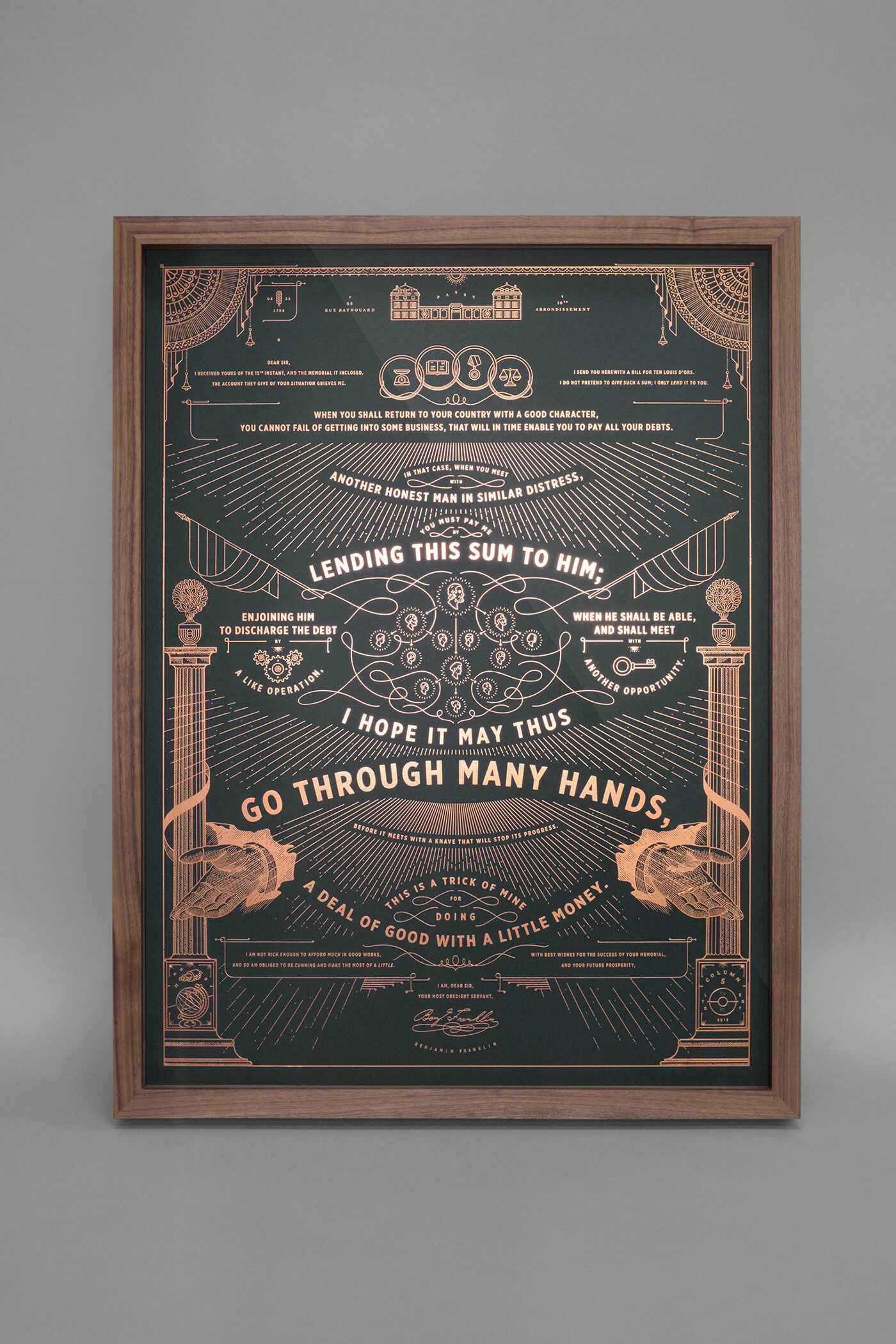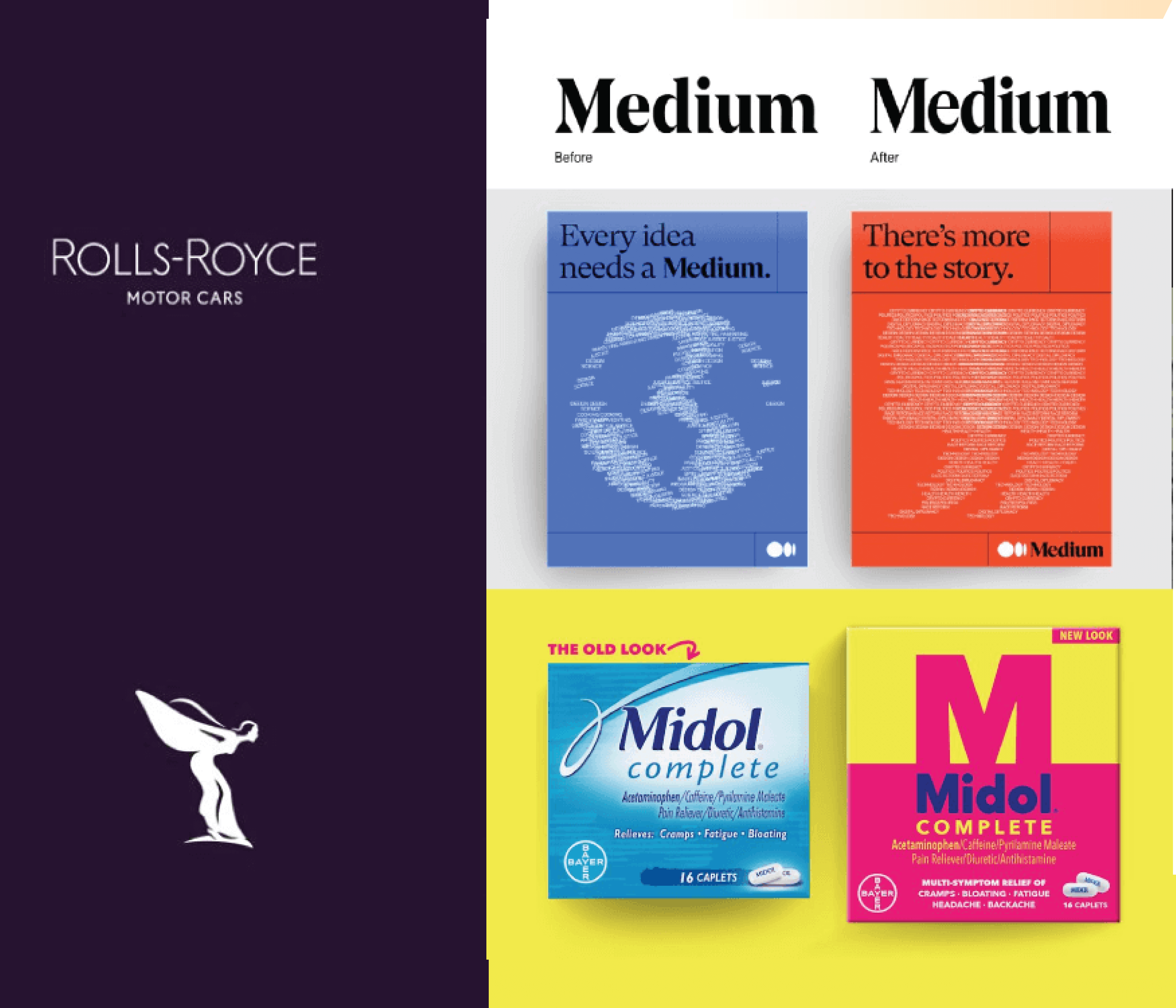As industries become increasingly commodified, it’s harder and harder for brands to distinguish themselves. Simultaneously, people crave stronger, more authentic connections with brands they believe in. Culture marketing is a way to achieve both differentiation and connection. By creating culture-centric content that shows people who you are, what you care about, and how you see the world, you can stand out, cultivate emotional connection, and break down the walls between brand and consumer. But coming up with interesting stories is tough when you don’t have any creative inspiration. That’s why we’ve compiled some of our favorite culture marketing ideas to get you started.
[bctt tweet=”Culture marketing helps you create communities united by a shared vision. But that relies on your ability to come up with culture marketing ideas that are interesting, unique, and engaging.” username=”columnfive”]
5 Culture Marketing Ideas to Inspire You
The good news is that telling these stories isn’t hard; you just need to know where to look. Here, you’ll find five culture marketing ideas, along with examples of what they look like in real life. We hope these prompts help get your wheels turning. And if they do, we hope you’ll share the great content you’ve made in the comments below.
1) Put Your Brand Heart Front and Center
Your Brand Heart is comprised of your purpose, vision, mission, and values. As people seek to align themselves with brands who share their values, your Brand Heart could be the key factor in their decision to work for you, buy from you, or collaborate with you.
These core principles can also be great inspiration for culture marketing. What do you care about? What inspires you? What’s been on your mind? How might you create content to move the needle on those issues?
For example, if you’re a sustainable clothing company, you might create an infographic detailing your commitment to ethical manufacturing. If you’re a dog-walking service, you might feature dogs for adoption on your Instagram. This type of content can really show people who you are.
Download our free e-book Culture Marketing: How to Turn Your Brand Heart Into Content to find out how to do this.
Example: Lululemon is a yoga apparel brand that believes in the power of yoga. As such, they partner with Exhale to Inhale, an organization that helps people affected by domestic violence and sexual assault transform their lives through trauma-informed yoga. In this brand video, they offer a glimpse of what the organization does, spotlighting a cause they care deeply about.
Example: After we read the story of how Ben Franklin once refused a loan repayment and directed the debtor to “pay it forward,” we became so inspired by the philosophy that we turned the entire tale into a high-quality print. This print ultimately became our holiday gift to our partners—something much more meaningful than a branded coffee mug.

For more culture marketing ideas, see how these 10 brands put their values on display.
2) Highlight Your People
Brands aren’t nameless corporations. They are groups of people who work for and with people. Culture marketing is a great way to spotlight the people behind your brand in a way that benefits everyone. Employees feel appreciated, and the people who support your brand get to form a stronger bond with the people behind the curtain. Additionally, it can also help recruitment, as potential employees get to “meet” the people they might be working with.
Some ideas to start:
- Showcase their work.
- Celebrate their innovations, awards, etc.
- Feature them on your website.
- Interview them (or film them in their work environment).
- Conduct leadership Q&As.
- Give them shout-outs on social media.
You might even encourage your employees to write blog posts or document events. Even if employees aren’t comfortable producing content themselves, they can still brainstorm ideas, offer their perspectives, and help you identify angles your audience would find valuable.
Example: Yelp uses Instagram to publish employee features that showcase the unique people who work for them.
Example: We’re proud to have a team of multitalented people with a wide variety of interests. Hence, we’ve happily featured our team’s side hustles on our blog and Instagram to give them the shine they deserve.
Note: You might also consider showcasing the people who your employees help. Spotlighting the relationships you have with clients or the public can help humanize your brand, too.
3) Tell Your Origin Story
There’s a reason your company started, and probably an interesting story behind it. Did your cofounders meet as college friends? (Ours did.) Did your founder start her business with only $100? Sharing your story helps people get to know your brand more intimately. It even makes them a part of it, as your story is ever-evolving.
I often find myself telling Column Five’s origin story during sales meetings, and I’m always pleasantly surprised by how interested people are. Why do people care? Because this is the stuff that is specific to each company. (Plus, stories of humble beginnings are always interesting, inspiring, and endearing.)
Example: Adventure gear retailer Huckberry does a fantastic job of sharing their origin story. Written by their cofounders, it details humble beginnings, along with photos of their journey.

You can also look for opportunities to help your partners or employees tell their stories, too. We publish interviews with clients about how they built their companies, what they learned, and what advice they’d give to those facing similar issues.
4) Publish Your Successes and Failures
Any time you share your experience—including your struggles, failures, and growth—you show your resiliency.
Everyone fumbles and fails their way through at least the early days of launching a brand. Even if you’re a 10-year business veteran, you will face challenges. Sharing stories about how you’ve failed and what you’ve learned humanizes your brand, makes you more relatable, and demonstrates your determination—an impressive trait to your customers.
Most importantly, it provides your readers with something of value—the opportunity to learn from your mistakes. You may feel shy or strange talking about how you’ve absolutely botched something, but as long as you frame it in terms of what you’ve learned, you have nothing to lose.
[bctt tweet=”Culture marketing isn’t about bragging about how great you are. It’s about being honest and human. ” username=”columnfive”]
Conversely, just as you share your losses, you should share your wins—not in an arrogant way but with humble confidence. (People appreciate lessons from failure, but they definitely want to know how to win.) To ensure you stay humble, when you share your wins, think of ways to frame it in terms of why you won or succeeded. Doing so enables people to “stand on your shoulders.”
Example: I’ve written about the toughest lessons I’ve learned about content strategy, and we’ve had our entire team share the best content marketing lessons they’ve learned. And when our agency created a viral video for Microsoft, we published a behind-the-scenes blog where we shared the strategic thinking that went into the project, how we vetted the idea, and why we think it worked.
5) Show Off Your Workspace
Your headquarters, warehouses, and other workspaces are, effectively, your home—and they have a significant effect on your community and culture. (No one wants to work in a depressing space, and no one wants to envision their customer service rep trapped in a gray cubicle.) As such, you should be happy and eager to welcome people into your space.
Social media is a great way to show off your environment—think your lunch room, warehouse, headquarters, factory, etc. BTW, if you’re not comfortable showing people your office space, that might be a symptom of a larger problem.
Example: Dropbox is all about encouraging creativity and collaboration. On Instagram, they provide snapshots of their offices, designed to encourage those values.
Above All, Get Creative
There are plenty of ways to tell culture-centric stories. The good news is the more you experiment with this type of storytelling, the more you’ll find great culture marketing ideas across your organization. Even so, there are always opportunities to experiment, grow, and improve. If you want to create great content…
- Try different formats. Learn about how infographics, motion graphics, and video can help you tell unique stories.
- Revise your content strategy. Learn how to create a strategy that works for you, focus on curating a healthy mix of content, and check out our comprehensive guide to culture marketing.
- Focus on value. Start with these tips to create content that educates, entertains, or inspires.
- Get more culture marketing ideas. Here are 10 more examples of creative culture content to inspire you.
Of course, we know you may be short on time, resources, or support. If you need a little help with your content marketing, consider turning to the experts. Follow these tips to find the right creative agency for you, or hit us up. We’re always happy to chat.





